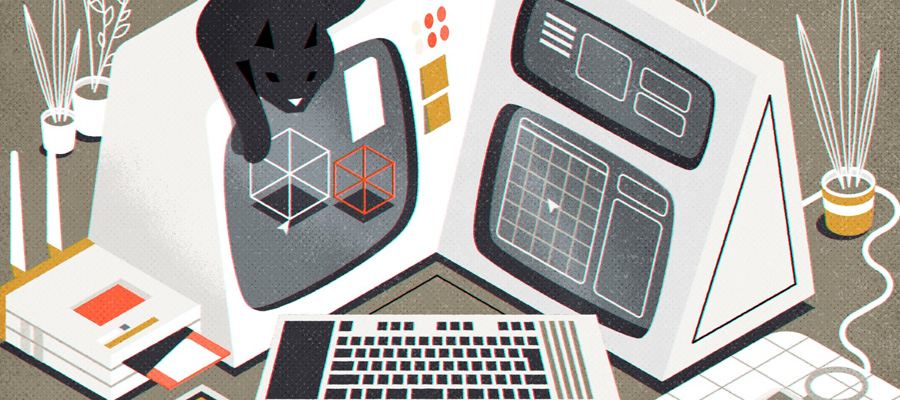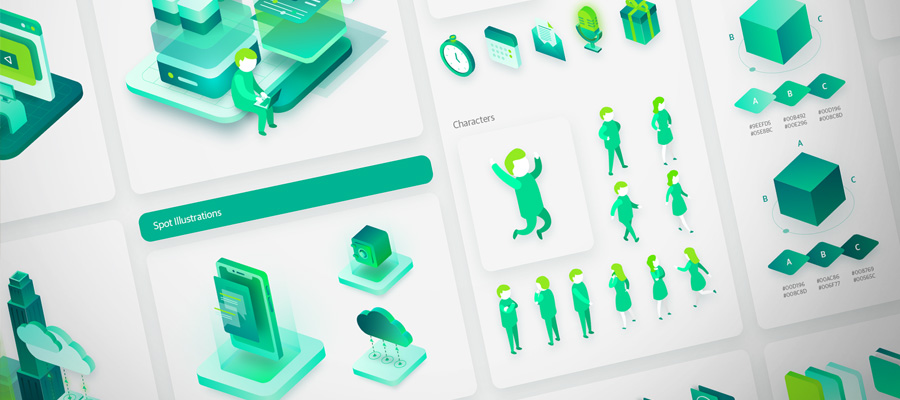The IoT or Internet of Things is an interrelated computerized network system. It involves digital, mechanical machines, computing devices, objects, and people. UID or Unique Identifiers are provided. In fact, it can transfer data over networks without necessitating human-to-computer or human-to-human interaction. In the era of chronic digitization in the financial and banking services, business organizations are exploring the scope of IoT in finance to grasp data and to minimize the risks. Furthermore, the finance sector that handles an abstract commodity like money does not include many palpable elements in the business. This deficiency of things may cause doubts over the appropriateness of the concept of the internet of things, which necessarily needs a network of concrete objects. However, thoughtful execution of IoT can repay the finance sector with various growth possibilities. There are multiple issues that IoT can solve.
Chatbots to Handle Minor Problems:
One can hardly deny a pragmatic impression of the IoT in financial services when it concerns timely customer support. Higher human touch demands for higher spending of money. The organization has to address the client's problem immediately. With a simple chat, customers can get feedback on their issues in a microsecond.
Wearable IoT and Finance Sector:
Through a wearable, a bank can channelize various alerts to its customers when he is close to a branch. Such signals include information related to the account balance, available offers and, payments that have nearing due dates. Also, many professionals suggest wearables to replace androids. They prefer wearables as the method of carrying out banking transactions. Further, the tech giant proffers people around the world to pay with the wallet app and smartwatches.
Detection of Fraud and IoT:
Banks pay for cybersecurity apps. This fraud detection service can detect a customer's education, employment records, and social media data. Thus, it assists analysts to decide if a purchase is compatible with what customers with a similar circumstances purchase.
Insights relating to Behavioral Customer Patterns:
Banks can detect both-a model credit score and social media data report. It generates a report about driving patterns and habits of eating in restaurants of clients to see the scope and time when they will be able to pay off their debt. IoT and financial organizations can work together about tracing consumer's habits offline and online.

Online Banking Transaction Illustration by Alex Krugli
Utilization-Based Insurance and IoT:
Financial services use IoT in motor insurance. Insurance telematics is related to telecommunications and GPS technology. Data gets generated and sent through sensors set in the in-car detection system. Mobile apps record information automatically. Then, the insurers analyze the data that is accumulated. It becomes easier to examine the driving report to provide insurance services and customized tailored products.
Asset Tracking:
IoT allows any industry head to note business operations with management tools and unconventional asset monitoring.
Benefits:
- Internet of Things in banking services increases fraud prediction and cybercrime. It not only reduces the costs spent on the state of collateral but also helps in monitoring borrowers' activity.
- Further, the exact data conveyed by devices allow financial organizations to create precise predictions in terms of market fluctuations and interest rates.
- Personal records make it convenient for banks to offer customer assistance.
- Big Data obtained via devices assists financial organizations to identify customers' business needs and proffer comprehensive solutions.
- Also, banking organizations can track the usage of ATMs and make decisions on restricting the number of kiosks or enlarging the network.
- And, not to forget the Banking institutions have become more accessible and customized for customers.




















